Search
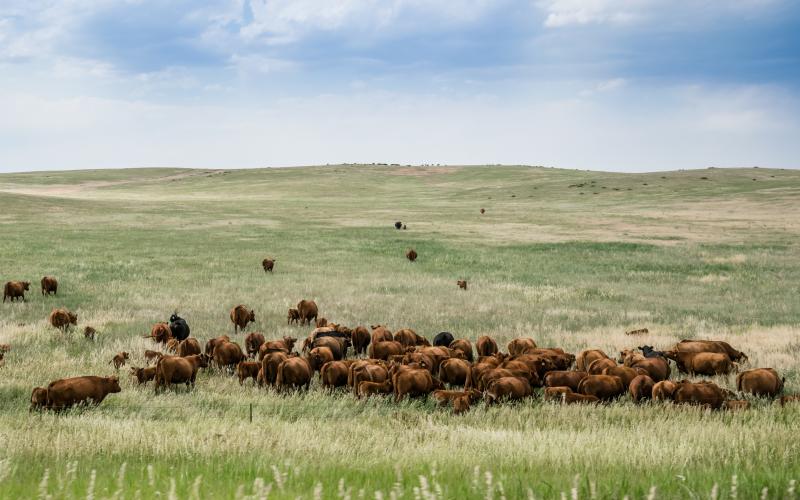
Management of Body Condition Score throughout the Year
Body condition scoring (BCS) is a visual indicator of past energy status of cattle and a method that can be used to monitor nutritional status of the cow herd.
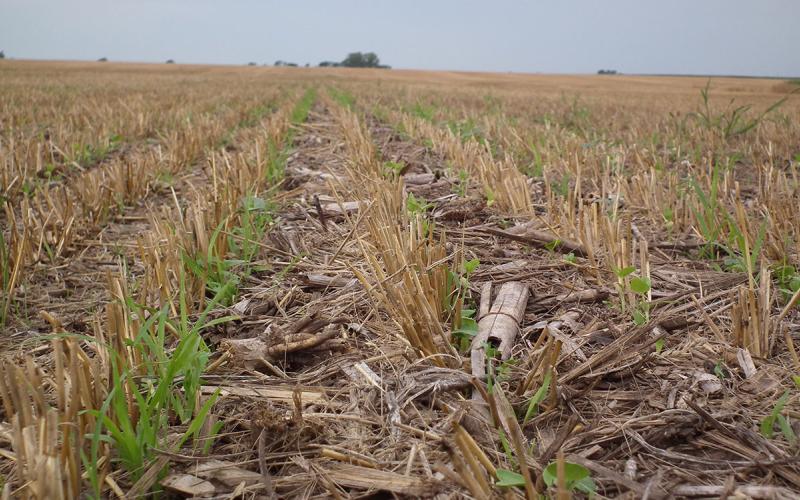
Soil Organic Matter Matters: How Conservation Practices Bring Value to Farmers
Conservation management practices, such as conservation tillage, cover crops, crop rotation and livestock integration, help improve soil health over time and offer producers numerous economic benefits.
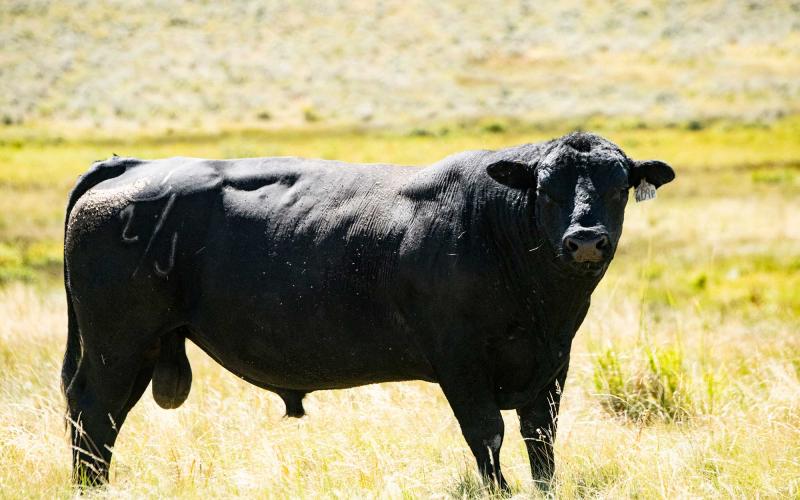
Bull Nutrition
This publication focuses on nutrient requirements for developing bulls, feeding programs to “let down” overconditioned bulls, and feeding during the period between breeding seasons.
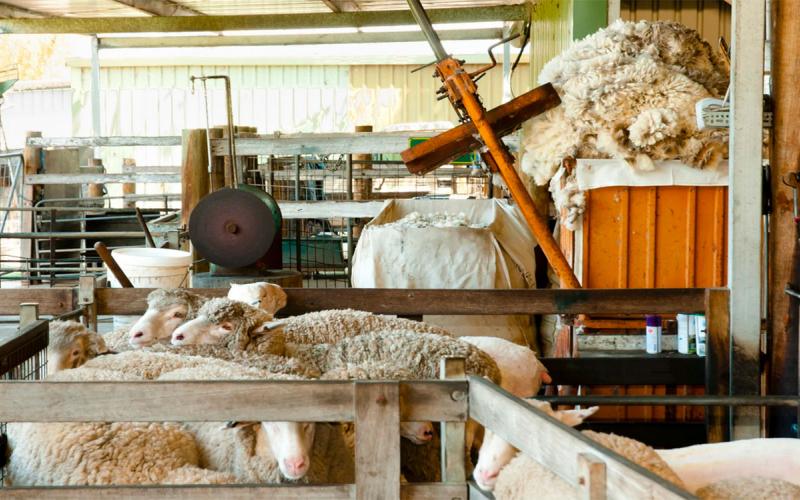
Economically Relevant Wool Traits and Wool Heritability
South Dakota is known for a high reputation wool clip. Emphasis on economically important wool traits coupled with careful genetic selection helps promote production, profitability and sustainability in an operation.

All Kids and Adults Need To Play and Let Loose!
Movement and unstructured activity help increase memory, perception, attention, emotion and basic decision making. Incorporate play into your daily routine to improve your health while making memories with your kids!
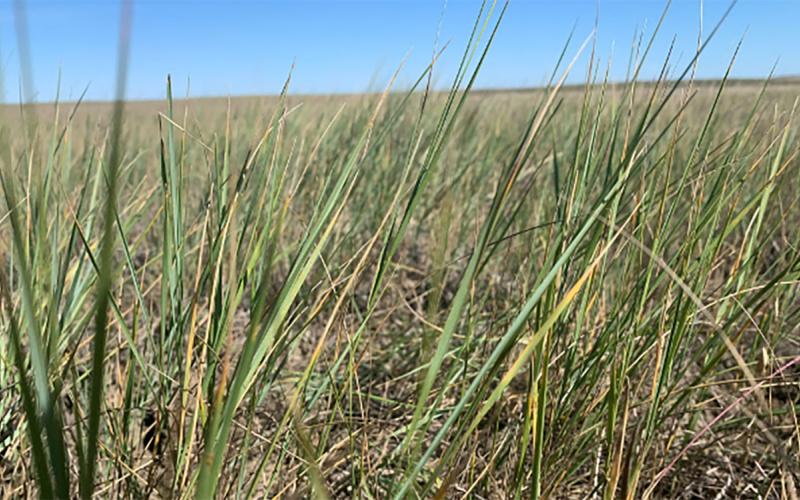
Options for Spring Turnout
Every year at green-up, grass managers must make decisions about when and where to begin grazing. Several options are available depending on pasture resources, stored feed resources and the ability to be flexible.
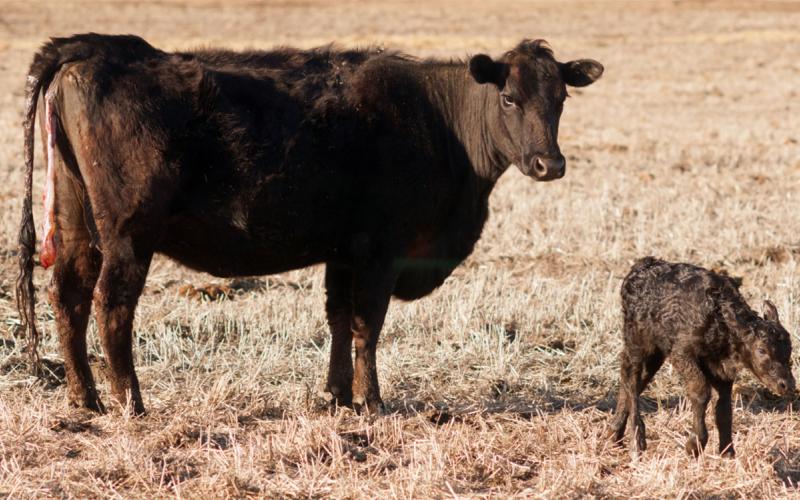
Pay Attention to Calving Distribution
Multiple factors go into defining a calving season, but through simple record keeping, management decisions can be made to increase herd performance and profitability.

Telemedicine Keeps Mixed-Animal Veterinarians Connected
March 31, 2021
Smart phones have helped South Dakota veterinarians assist clients through blizzards and busy calving seasons, but clinics may need to revisit service offerings, client expectations.
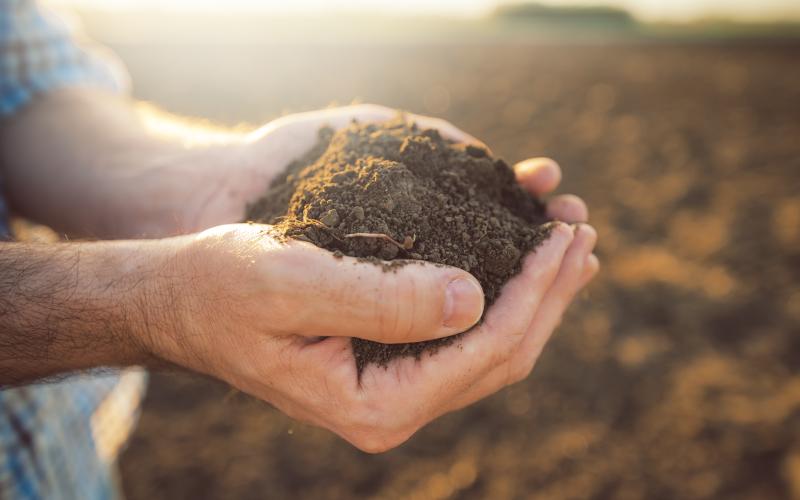
X-Ray Scanning Confirms Soil Health Benefits from Conservation Practices
Summary report of X-ray scanning confirms soil health benefits from conservation practices.

Ruth Beck to Retire from SDSU Extension Agronomy Team
October 12, 2021
After 17 years providing education and service to South Dakota growers and agribusiness professionals, SDSU Extension Agronomy Field Specialist Ruth Beck has announced her retirement.